Just because ‘’they’’ don’t make a 15 x 21 x 4 mm thrust bearing, doesn’t mean that one can’t be made. All it takes is two grade 8 washers, a bronze washer, and some 2mm bearing balls. Ok the grade 8 washers ain’t bearing steel, but close enough for this application. A little operation under load will work harden the surface and they’ll last quite a while.
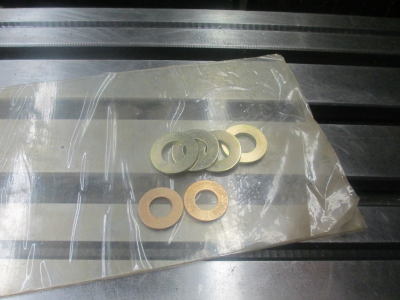
It turns out that a 9/16 SAE washer is exactly the correct ID to fit a15mm shaft, but the OD is more like 28mm, no problem, that’s what lathes are for. First I turned a stub arbor the size of the washer ID, and threaded the end for a bolt.
I made the stub just long enough to be just a little shorter than a stack of 4 washers so the bolt would clamp them to the arbor. Then turn the OD concentric to the ID. Once that was completed the bronze washers’ also needed to be turned. This meant turning the stub arbor to match the ID of the bronze washers, and also shortening the stub to match the stack length of the 2 bronze washers. I make stub arbors for a lot of work that needs to be concentric, simple and cheap.
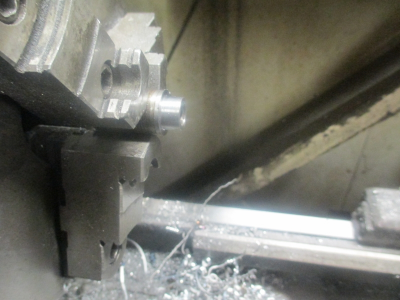
OD’s turned to size, 21mm. The ID of the bronze washers is still original. That will be fixed in the next operation on the mill.
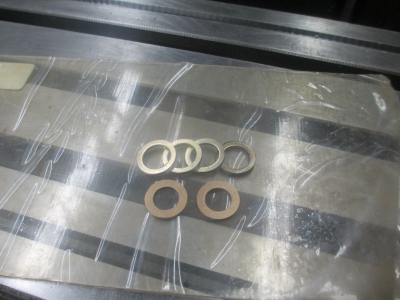
First operation is to machine a 21mm pocket in a 5C emergency collet. I could have done this on the lathe, but it is just as easy on the mill. For those of you who have not heard of an emergency collet, these are made to be machined as needed, and are available in soft steel, brass, and nylon that I know of. I normally keep a couple around for projects. You pull the collet into the chuck and do your machining, then remove the 3 dowel pins to use.
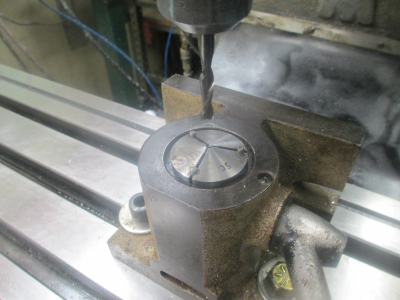
Once the collet was pocketed, then I machined the four grade 8 washers to 0.049 thick with the same setup I used for pocketing the collet, just changed the height..
Then it is time to put the bearing track in the washers. For this I used a 0.078 ball end mill, and went 0.010 deep in 2 passes.
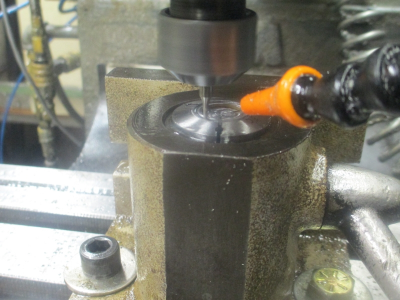
Next was to make the bearing cages out of the bronze washers. First they had to be machined to 0.039 thick using the same setup as above, and the ID also needed to be pocketed to 15.1 mm.
Then machine the 16 bearing pockets, 0.079 dia, using a 0.077 end mill and running a pocket routine.
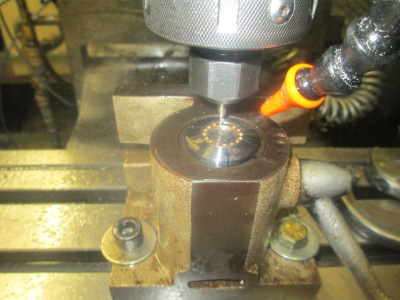
And the finished races and cages.
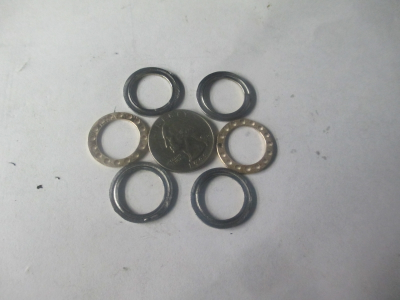
Hopefully I will get the ball bearings tomorrow.
.
.


 Back to the drawing board
Back to the drawing board 







